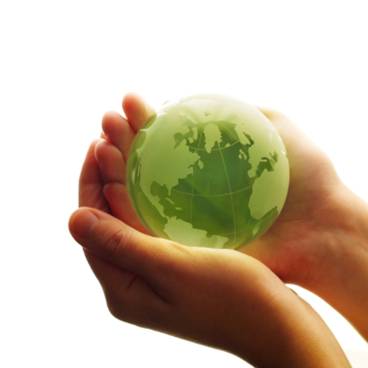Sustainability
 Sustainability
Sustainability
Sustainability is when production and consumption methods (Economic Activity) do not cause the environment to deteriorate or resources to diminish.
 For
economic growth to be sustainable, it must have a neutral effect on
resources. Any resources used must be renewable and there must be no
lasting impact on the environment.
For
economic growth to be sustainable, it must have a neutral effect on
resources. Any resources used must be renewable and there must be no
lasting impact on the environment.
It is important that development is sustainable to ensure
that it can endure in the long-term and is not built on the
exploitation of natural resources that may run out in the future (at
the cost of future generations - Externality graph shows this if the
externalities, contained in MSC, are explained to be suffered by future
generations)
Some doubt if this is really possible, but to achieve it means investing more in such ventures as:
- Recycling
- Using alternative methods and resources to generate power
- Watching our biodiversity
- Admitting to both social costs and benefits and accepting that someone has to pay the true cost of resource allocation.
Achieving this may mean developing ways of:
- Extending property rights - this means extending ownership of resources to allow people to protect the environment and other resources more effectively.
- Taxing the polluter - if a tax is imposed that is equal to the external cost of an activity, this should ensure that resources are allocated in the interests of society.
- Issuing permits to pollute (tradable permits) - these allow firms to pollute a certain amount, but if they exceed their limit, they have to buy more permits. Firms which under-use their permits can sell them. This effectively taxes poorly performing organisations and subsidies firms using best practice.
- Introducing congestion charges and other road pricing policies to combat traffic congestion.
- Using direct controls and regulations on certain types of economic activity.